The washing machine drive belt whistles
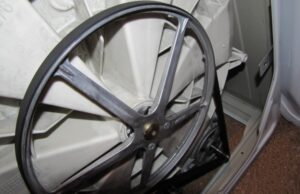 Some housewives notice that over time, an unpleasant whistling sound from the washing machine belt appears. This annoying sound is often so strong that it is simply impossible to stand next to the machine without covering your ears. The situation looks quite paradoxical. The belt drive is in good condition, the machine seems to be working, but there is a malfunction that needs to be fixed.
Some housewives notice that over time, an unpleasant whistling sound from the washing machine belt appears. This annoying sound is often so strong that it is simply impossible to stand next to the machine without covering your ears. The situation looks quite paradoxical. The belt drive is in good condition, the machine seems to be working, but there is a malfunction that needs to be fixed.
Anti-slip additives
The reason for the creaking is quite simple. The drive belt located on the pulley begins to slip when the machine picks up speed. A very strong, piercing whistle appears that is simply impossible to listen to. Typically, such noise regularly occurs in the machine when transitioning from one operation to another:
- washing - rinsing;
- The end of rinsing is spinning.
- in the intervals between regime changes.
To cope with the problem and repair the machine, sometimes simply replacing the belt helps. It stretches greatly over time, the tension force drops, and the part begins to slip and make a sound. What to do if, due to certain circumstances, it is impossible to replace the belt at the moment?
As a temporary repair, you can try increasing the friction force. The belt can be sprayed with a special spray - “Hi-Gear Belt Dressing”. The cost of one can is around $5. The capacity of the cylinder will last for a long time. However, one spray will solve the problem of unpleasant squeaking only for 15 - 20 washes, after which the noise will appear again. The spraying procedure will have to be repeated, for this: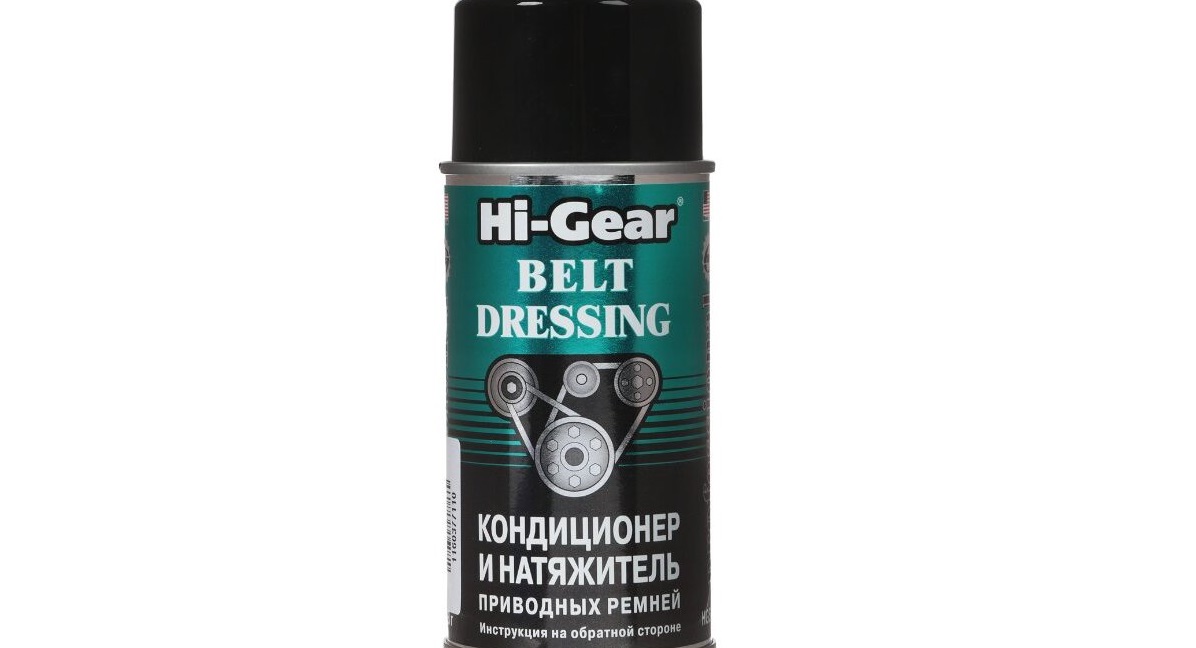
- unfold the machine;
- unscrew the screws of the back wall;
- remove the wall;
- Re-spray the drive belt.
There is another way to solve the squeaking problem. To do this you will need a small piece of rosin. It can be purchased at any hardware store. Moreover, its cost is many times lower than the cost of the spray. In almost every house where the owner solders something, there will definitely be rosin.
To remove the cause of the squeak, it is necessary to rub the working surface of the belt, which directly touches the pulley, with rosin. Slowly rotating the pulley with your hands, rub the next part of the belt. The operation continues until the entire belt is completely processed.
Good to know! Belt friction becomes much better if you use dry rosin, which does not have the disadvantages of large commercial conditioners. Violinists carry out a similar procedure by rubbing the bow.
Rubbing the surface of the belt with rosin gives a positive effect for approximately 25 washes. After rubbing, dirt begins to stick to the dry surface and dust settles. To prevent the squeak from happening again, the best option would be to replace the old, highly stretched belt with a new one.
How to buy and install a new belt?
Before you go to the store for a new belt, you must first inspect the old part and carefully study the markings. The first four digits show the factory diameter in millimeters. Then measure the circumference of the elastic. The obtained data is compared with the original size.
Note! If the belt has stretched by 2 cm or more, it must be replaced. It is not suitable for further use.
The selection of a new belt must be carried out taking into account the markings, as well as the model of an automatic (semi-automatic) washing machine.Installing a new rubber band is performed in a certain sequence: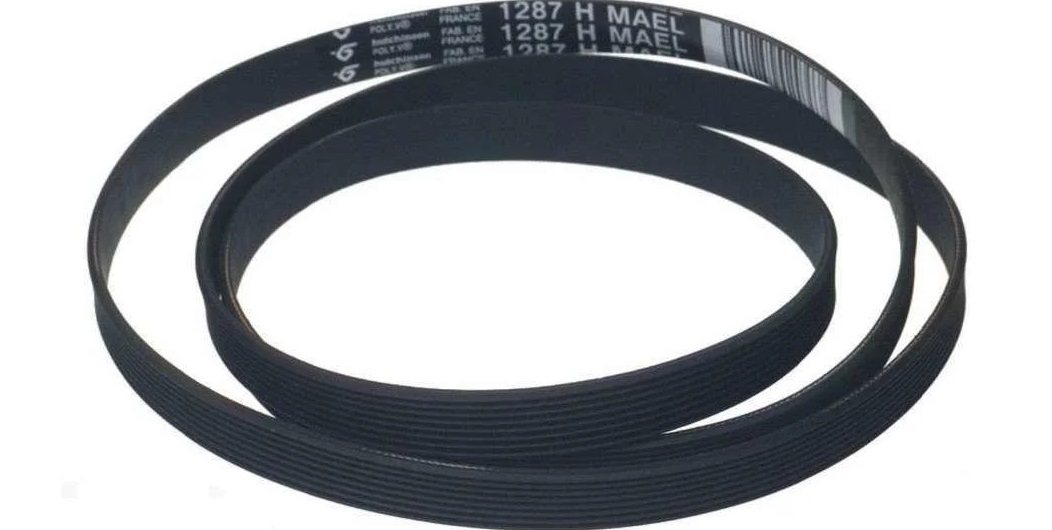
- the belt is placed on the pulley of the electric motor;
- We slightly rotate the pulley counterclockwise, and the part “sits” on the drum wheel.
It is better to carry out the operation of installing the belt with an assistant. Factory rubber is usually very tight; installing it yourself requires the use of great physical force. To understand how tightly the belt sits, just start rotating the pulley. If rotation occurs with tension, then everything is done correctly.
After checking the quality of the installation work, we install the back wall, connect all communications, put the machine in place, and turn on the “cold test wash” without filling the drum with laundry.
Interesting:
1 reader comment



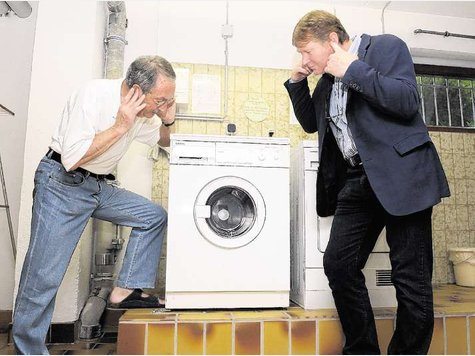
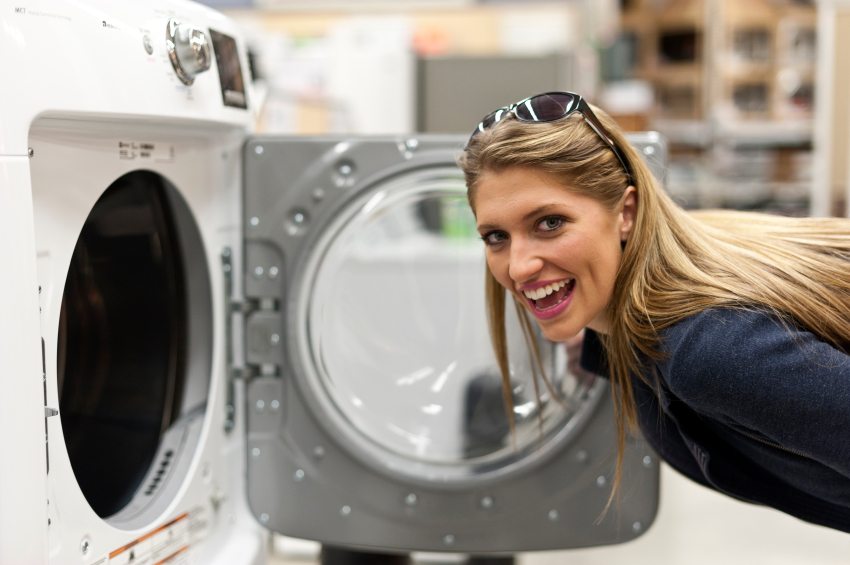
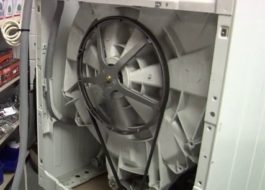
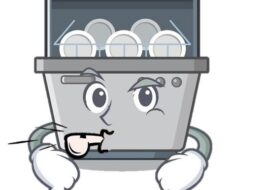














Thank you!